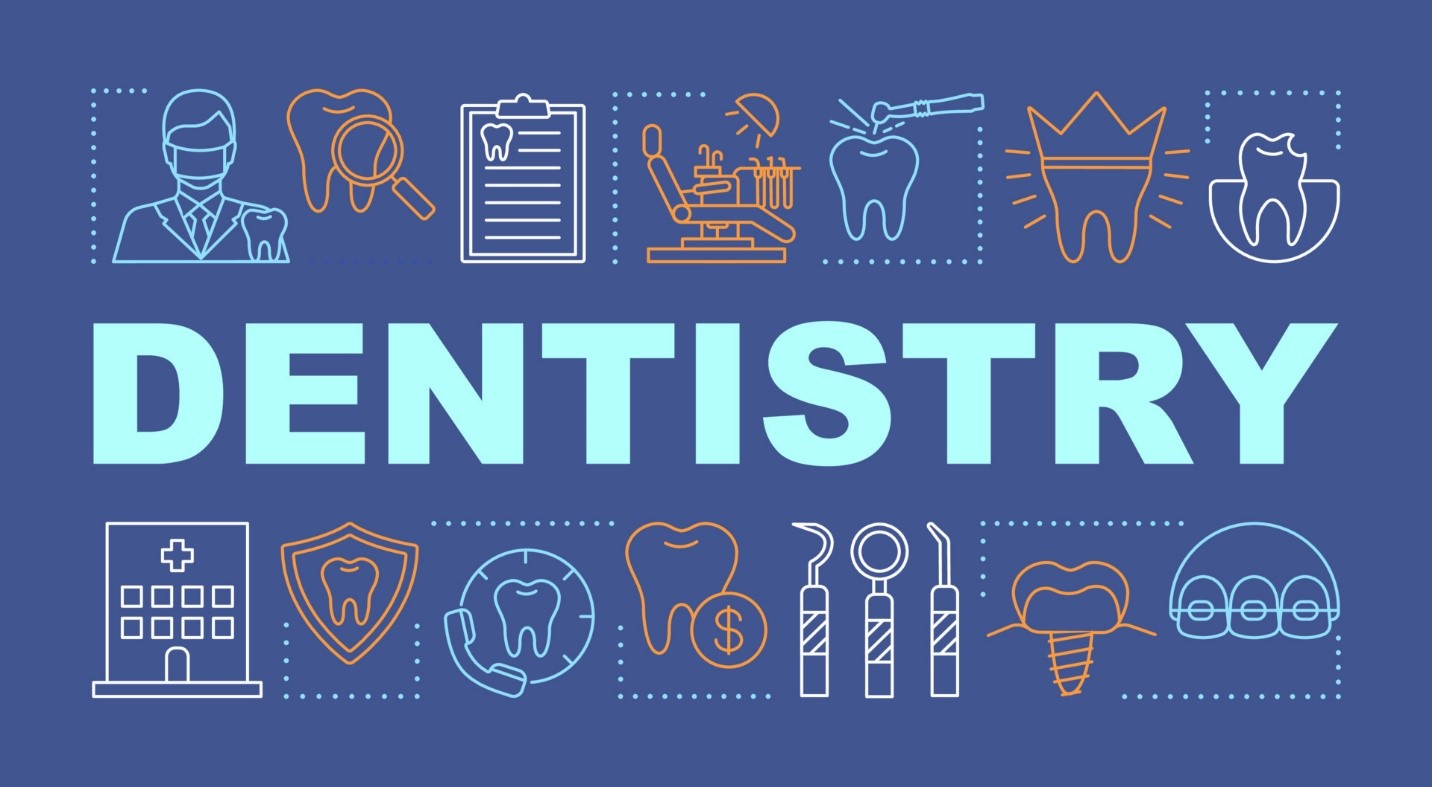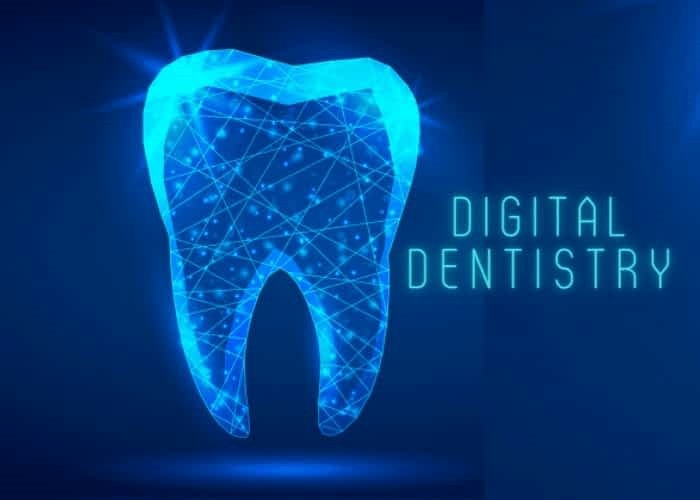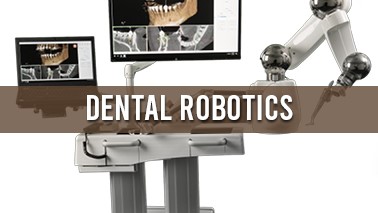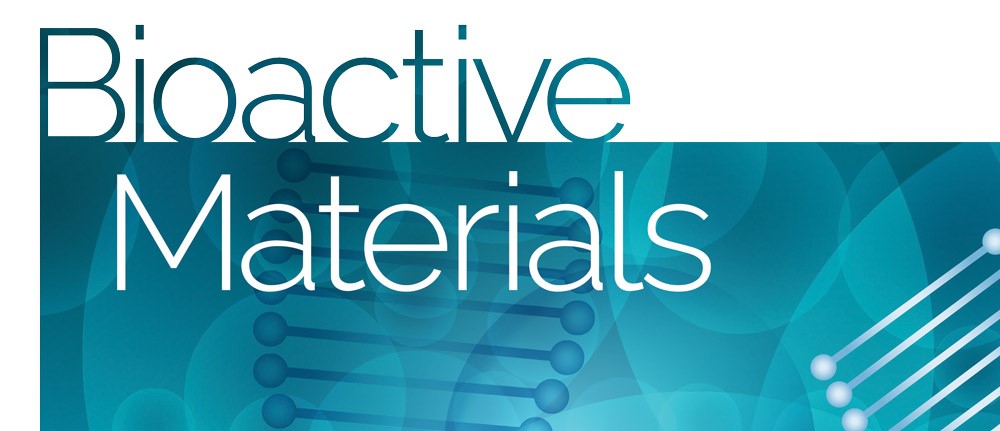The field of dentistry has witnessed significant advancements in recent years, thanks to the rapid development of technology. These new technologies have transformed dental practices, improving patient care, enhancing treatment outcomes, and revolutionizing various dental procedures. In this article, we will explore the top 10 new technologies in dentistry that are shaping the future of oral healthcare.

What is Fiverr Advertising?
Before we jump into the review, let’s understand what Fiverr advertising is all about. Fiverr is an online platform that connects freelancers with clients seeking various services, including advertising. Fiverr advertising gigs encompass a range of services, such as social media advertising, influencer marketing, content creation, video ads, and more.
With Fiverr advertising, you can leverage the skills of talented professionals from around the world to create and execute advertising campaigns tailored to your business goals. The platform offers a vast selection of gigs to choose from, allowing you to find the perfect match for your specific advertising needs.
1. 3D Printing in Dentistry
3D printing has emerged as a game-changer in dentistry, allowing for the creation of highly accurate dental models, crowns, bridges, and implants. By using computer-aided design (CAD) software, dentists can design custom dental restorations that perfectly fit each patient’s unique anatomy. 3D printing not only streamlines the manufacturing process but also reduces the turnaround time, making it a valuable technology in modern dental practices.
2. Digital Dentistry
Digital dentistry encompasses various technologies, including digital imaging, intraoral scanners, and computer-aided manufacturing (CAM). These advancements have eliminated the need for traditional dental impressions and manual model fabrication. Digital imaging provides detailed and precise representations of the patient’s oral condition, aiding in accurate diagnosis and treatment planning. Intraoral scanners capture digital impressions, making the process more comfortable for patients and increasing efficiency for dentists.

3. Laser Dentistry
Laser technology has revolutionized dental procedures by offering minimally invasive and precise treatment options. Lasers are used for a range of applications, such as cavity detection, gum disease treatment, and teeth whitening. Laser dentistry minimizes bleeding, reduces post-operative pain, and promotes faster healing, providing patients with a more comfortable and efficient dental experience.
4. Artificial Intelligence in Dentistry
Artificial intelligence (AI) is making significant strides in dentistry by assisting in diagnosis, treatment planning, and patient care. AI algorithms can analyze dental images and identify abnormalities that may be overlooked by human dentists. This technology helps dentists in making accurate diagnoses and providing personalized treatment plans. Additionally, AI-powered chatbots and virtual assistants improve patient communication and engagement.

5. Virtual Reality in Dentistry
Virtual reality (VR) is being increasingly used in dentistry to alleviate dental anxiety and enhance patient comfort during treatments. VR headsets transport patients to virtual environments, distracting them from dental procedures and reducing fear and stress. Furthermore, virtual reality is also used for dental education and training, providing dental students with realistic and interactive learning experiences.
6. Nanotechnology in Dentistry
Nanotechnology has opened new possibilities for dental materials and treatments. Nanomaterials can enhance the strength and durability of dental restorations, such as fillings and crowns. Additionally, they can be used for targeted drug delivery and prevention of tooth decay. The use of nanotechnology in dentistry promises improved oral health outcomes and increased longevity of dental restorations.
7. Dental Robotics

Robotic systems are being integrated into dental practices to assist dentists in performing complex procedures with improved precision. Robots can assist in tasks such as dental implant placement, oral surgeries, and orthodontic procedures. These robotic systems work in collaboration with dentists, enhancing the accuracy and success rates of dental treatments.
8. Teledentistry
Teledentistry utilizes telecommunication technology to remotely provide dental care, especially in areas with limited access to dental services. Patients can consult with dentists through video conferencing, and dentists can diagnose oral conditions, provide treatment recommendations, and monitor patients’ progress. Teledentistry expands access to dental care, improving oral health outcomes for underserved populations.
9. Augmented Reality in Dentistry
Augmented reality (AR) is being harnessed in dentistry to aid in treatment planning and patient communication. By overlaying digital information onto the patient’s real-time dental images, dentists can visualize the desired treatment outcomes and communicate the proposed changes to the patients effectively. This technology enhances patient understanding and enables collaborative decision-making.
10. Bioactive Materials in Dentistry
Bioactive materials are designed to interact with living tissues, promoting natural healing processes. In dentistry, these materials are used for dental restorations and repairs, as they release beneficial ions that strengthen teeth and prevent tooth decay. Bioactive materials provide long-term benefits and contribute to the preservation of natural tooth structure.

Conclusion
The rapid advancements in technology have brought about a remarkable transformation in dentistry. The top 10 technologies discussed in this article have revolutionized dental practices, enhancing patient care, improving treatment outcomes, and simplifying various dental procedures. As technology continues to evolve, we can expect further innovations that will shape the future of dentistry, making oral healthcare more accessible, comfortable, and effective.
FAQs
Q1: Are these new technologies available in all dental clinics?
The adoption of these new technologies may vary among dental clinics. However, many modern clinics are embracing these advancements to provide their patients with the best possible care.
Q2: Are these new technologies covered by dental insurance?
The coverage of these technologies by dental insurance varies. It is advisable to check with your insurance provider to determine the extent of coverage for advanced dental procedures.
Q3: Are these technologies safe for patients?
Yes, these technologies have undergone rigorous testing and are considered safe for patients. Dentists are trained to utilize these technologies appropriately to ensure patient safety.
Q4: Can these technologies reduce the cost of dental treatments?
A: While some of these technologies may involve initial investments, they can improve treatment efficiency and reduce the need for repetitive procedures, potentially leading to cost savings in the long run.
Q5: How can I find a dental clinic that offers these advanced technologies?
A: You can research local dental clinics or inquire with your dentist about the availability of these technologies. Online reviews and recommendations from friends and family can also help in finding clinics that provide advanced dental care.